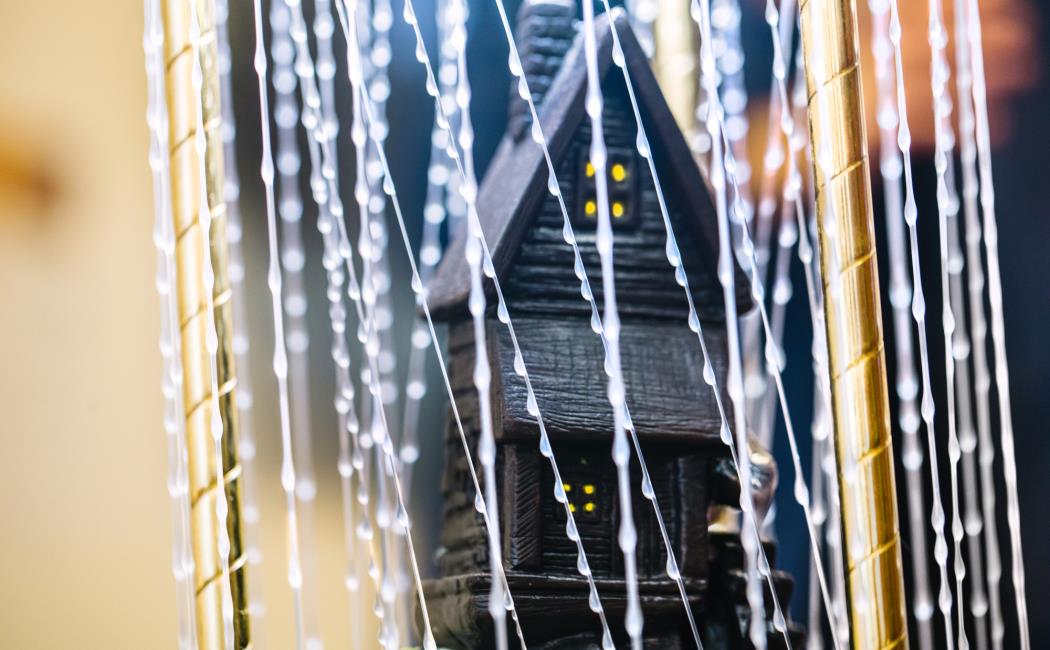

LATEST
NEWS

05 June, 2022
Capturing carbon dioxide (CO2) from flue gases by freezing it to a solid is potentially more cost-effective and efficient than absorption/desorption methods.
“At the heart of our low-temperature carbon-capture technology is a spray tower, where very cold liquid is sprayed onto incoming flue gas,” says Christopher Wagstaff, Ph.D. candidate at KAUST’s Clean Combustion Research Center. “The CO2 in the gas instantly freezes on contact with the liquid, which enables it to be collected. However, to optimize the process, the spray of cold liquid droplets needs to be uniform and consistent and densely but evenly distributed. Current designs do not achieve this.”
Wagstaff is working on this challenge under the supervision of KAUST’s Bill Roberts. After exploring various concepts with colleagues, Wagstaff came to believe that slight changes to the nozzles or spray patterns wouldn’t make much improvement.
Then, scrolling through social media one day, Wagstaff came across a group called Weird Secondhand Finds. Someone had shared an image of a rain oil lamp, which Wagstaff instantly recognized from his childhood
“Family friends had a rain oil lamp, and as a kid, I would gaze at the droplets gliding along the oil-wetted wires while the adults were having a boring conversation,” says Wagstaff. “The way the droplets glide is really eye-catching: they move ‘mostly’ predictably, like water over a waterfall.”
Read more at KAUST Insight.